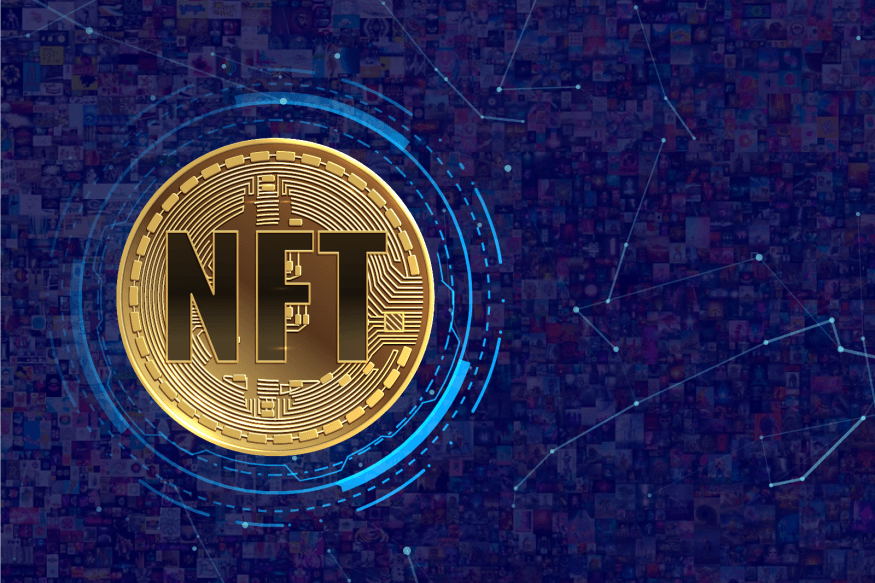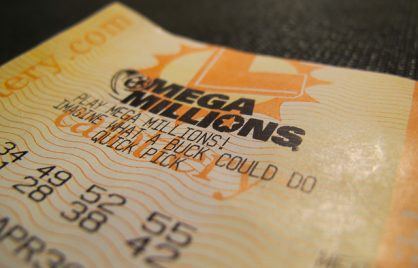7 Reasons Why Everyone Is Obsessed With NFTs

NFTs aren’t at all new, but they’ve really taken off recently. If you’re wondering why anyone cares, here’s why…
Catapulted into the mainstream consciousness through celebrity digital art auctions featuring the likes of Grimes, Paris Hilton and Lindsay Lohan, NFTs are also known as ‘non-fungible tokens’.
This essentially means they act as unique ‘receipts’ or ‘certificates’ that represent an artist’s or buyer’s ownership of a digital asset – which could be anything from art, music, sporting moments, games, virtual properties, or even pets.
The tokens legitimize and authenticate the original digital product, which can be bought, traded and stored using cryptocurrencies and blockchain technology.
But why are they suddenly so ‘big’?
1. Exclusive, Exclusive, Exclusive
Just like with real-world rare antiques and art, there’s something in people’s psychology that makes them want to own an ‘original’…and to be able to prove it.
If you ever chased after the rarest Pokémon cards, you’ll understand exactly why.
NFTs take that to the next level in the digital world, where information and assets are usually far more accessible and shareable.
This makes owning that first work, which nobody else has or can truly fake, even more appealing.
Suddenly there’s kudos and value in owning a video clip that’s already gone viral, or a drawing by a celebrity – even if a thousand copies have already been distributed.
2. A Slice Of Virtual Real Estate
Where celebrities and the super-rich start, the rest of us usually follow.
Many people see possessions as an extension of the self, and this can pour over into our online lives, too.
You may not be able to hang an NFT up in your house or drive it around town for all to see – with a lack of tangibility usually one of the main criticisms levelled – but you can let your digital neighbors know about it.
A bookcase, games library or an art collection may decorate your physical home and act as an indicator of your personality, interests and wealth.
But the same principle applies for NFTs in the virtual domain, where an increasing number of people experience their ‘real lives’.
3. Money, Money, Money
As you’ll already have seen from the headlines, some of the strangest NFTs have sold for big money.
Seconds-long video clips, GIFs and cat memes are just some of the weirdest things people will buy for big money.
Yep, we’re talking millions here.
That’s great news for digital creators, who can earn stacks of cash for their originals, while still allowing them to be seen and enjoyed by all.
But the boost in popularity and celeb bandwagon is also good news for collectors and investors.
In the same way as rare art, the value of these unique digital items appreciates, making collecting a potentially lucrative way of investing in the digital world as well as the ‘real’ one.
4. Global Community Of Convenience
There might be a lot of money involved, but NFTs are also accessible to anyone, far away from just the high-end market.
Being part of a global online community means you can find, buy and own whatever you want digitally – even if that’s a video of a flying baby or a digital card of a famous sporting moment – without having to ship or store any physical items.
Unlike with physical memorabilia such as old school Pokémon packs and Panini World Cup stickers, you don’t have to go out hunting for them or hope that you’ll get lucky.
The very nature of NFTs allows buyers to find distinctive one-off items easily, wherever they are in the world – without being obstructed by physical space or national borders.
5. Relatively ‘Bulletproof’
While an ‘act of God’, such as fire, a flood or a simple accident could lead to the loss or damage of expensive collectors’ items in the physical world, prized digital assets are much more ‘durable’ and ‘long-lasting’.
In this way, NFTs may make for prudent legacies and family heirlooms of the future.
However, that’s not to say NFTs aren’t vulnerable to hackers and theft, with instances of stolen digital artwork and credit card details previously reported.
6. Reduced Risk Of Fakes
These digital tokens should reduce the risk of fraud and fakes.
With the authenticity and the history of each unique item is tracked and – in theory – incorruptible, shoppers should know exactly what they’re paying top dollar for.
This is unlike dipping into other online marketplaces such as eBay, where big buys can sometimes be a leap of faith and buyers may not know if an item is a replica or a fake until it arrives.
7. Money Laundering
Just as with other subjective investments, purchasing NFTs is an easy way to wash dirty money.
In an online marketplace where the most bizarre items could suddenly become popular and then surge in price, it’s tough to pinpoint truly suspicious transactions.
Although investments may be easy to trace digitally, a lack of regulations on how to value digital assets in the virtual world may make cases difficult to prove.
Are NFTs Here To Stay?
As mentioned earlier, NFTs have actually been around for a while, with some arguing that early attempts were even made as far back as 2012 with ‘Colored Coins’.
To see examples that are more relevant to today’s craze, you only have to cast your mind back a couple of years – to see the rise of Cryptokitties’ digital cats since 2017, or CrytpoStrikers’ sports cards from 2018.
With that in mind, we’re only just at the beginning of seeing what NFTs can do.
And, as more and more celebs and famous faces get involved in the digital marketplace, they don’t look like they’re going anywhere anytime soon.
After all, plenty of people once thought Facebook and Twitter would be passing trends.
But when it comes to NFTs, there’s certainly value in being ‘one of a kind’…


